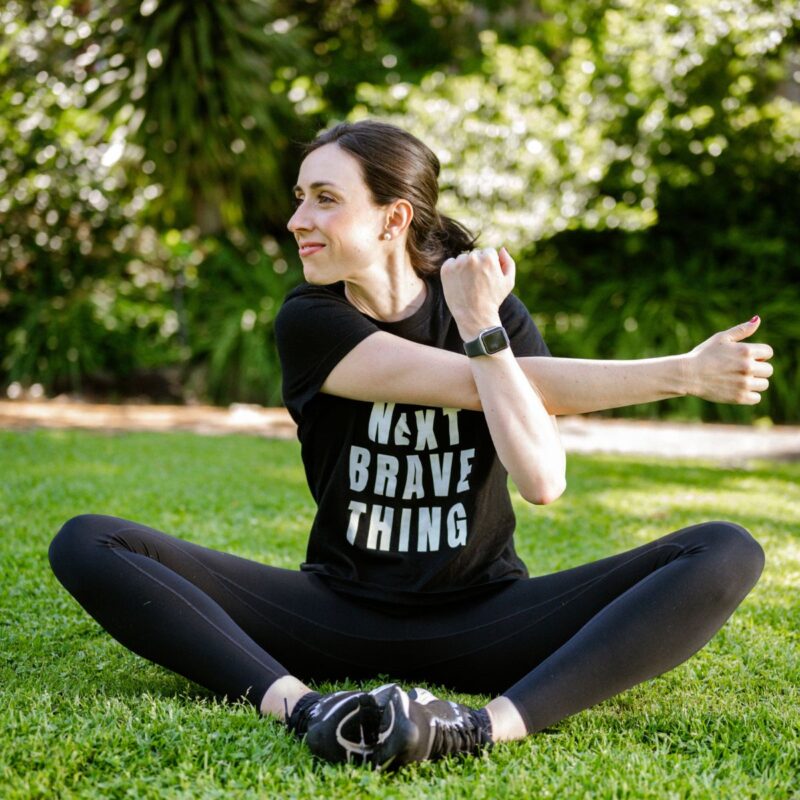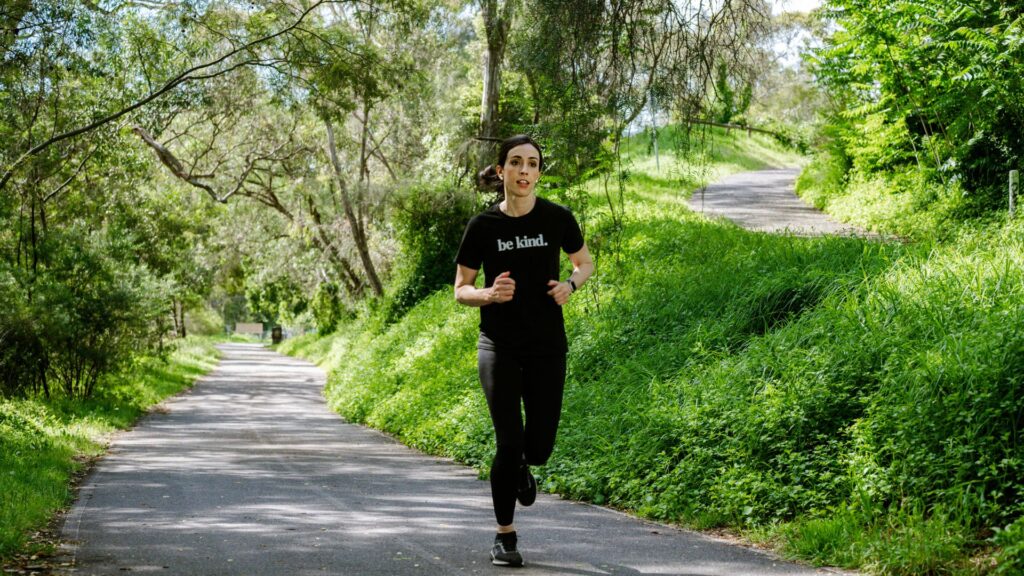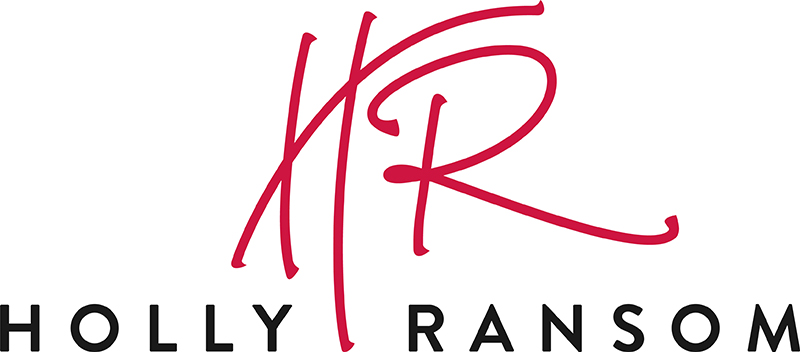What does mental health leadership look like today?

The mind is not isolated from the world that it lives in.
As we map our road forward to a ‘COVID-normal’, leaders must decide what are we going to take with us and what will we leave behind?
This pandemic has hit pause on our routines and given us all a chance to reflect on the factors contributing to our wellbeing as individuals, organisations and as a society. We see cries for help to mental health hotlines spike, fears of domestic violence increase during iso and a general malaise of youth who were already struggling to envisage a bright future for themselves. Mental Health professionals are highlighting a secondary curve likely to escalate, that of mental health.
Last week I asked Dawn O’Neil AM, former CEO of both Beyond Blue and Lifeline, whether COVID19 was exacerbating or simply revealing our mental health issues? Dawn distilled over 20 years’ experience leading community mental health into a few hard-hitting points:
- The difference between mental health and mental illness is still not properly acknowledged due to our choice of language
- The coping strategies we all have in place as we slide up and down the mental health spectrum have been disrupted by COVID-19, allowing for a new conversation
- The interconnectedness of mental health with our economic situation and our environment cannot be ignored
The difference between mental health and mental illness
“We are still not comfortable talking about mental illness. Mental Health is actually the absence of mental illness.” [Dawn O’Neil]
We know that Pre-COVID, mental illness statistics in developed countries were staggering. In Australia, one in five of us was already struggling with issues of mental illness (Royal Commission Interim report, 2019). Today, Chair of Beyond Blue Julia Guillard writes that ‘weekly contact volumes are now consistently about 40 percent higher than they were in the two months prior to the crisis’. She outlines some common themes, including ‘loneliness, exhaustion, job and financial worries, and family stress’ (SMH, 2020). Youth mental health service ReachOut has released new data showing visits to its online services have increased by 50 per cent compared to the same period in 2019, equating to more than 120,000 additional people seeking help (9news, 2020). A joint statement issued by the Australian Medical Association and leading mental health advocates said the COVID-19 modelling indicates a likely 25 percent increase in suicides, with about 30 percent of those being young people (AMA, 2020).
The trend is consistent globally, with a preliminary study in the US showing that post-COVID, participants were eight times as likely to screen positive for serious mental illness – 28%, compared to 3.4% in a comparable 2018 survey. Additionally, 70% of the 2020 participants met criteria for moderate to serious mental illness, compared with 22% in 2018 (The Conversation, 2020). In the UK, a preliminary study from The Academy of Medical Sciences shows people who felt that COVID-19 might threaten their livelihood – about 46% – said that they were now more depressed and enjoyed a lower quality of life (AMS, 2020).
On March 29, Australia’s National Cabinet designated a $74 million package to boost mental health services. Right now, the COVID-19 mental-health strategy is dominated by concerns about an increase in deaths by suicide, a rise in the incidence of depression and possible neurological damage caused by the virus, and rightly so. But community psychologist and senior lecturer at London’s Institute for Global Health says that too often, reactive policy measures forget half the equation, ‘Labelling a condition doesn’t make the social challenges around it disappear’ says Rochelle Burgess, ‘we need to address the social and economic conditions that contribute to poor mental health’. Rochelle writes, ‘A woman who has lost her job and cannot feed her family will find little relief from a meditation app’ (Burgess, 2020).
As the extent of mental illness in our society becomes more visible and is exacerbated by the pandemic, can we empower our mental health leaders to design more proactive and integrated strategies to support our mental health as a society, before illness becomes an issue? Chair of Beyond Blue, Julia Guillard advocates for the opportunity to adapt, saying, ‘we can swiftly design and implement reforms…workplaces are adapting, and governments are collaborating.” “That response doesn’t necessarily mean more of the same,” she said. “We must use this opportunity to change some of the structural and service gaps in the system, especially for where people live and where the biggest need is.” (Preiss, The Age, 2020)

Leadership coping strategies for mental fitness
“One of the strategies I love is thinking about is our hand, and how we care for something by wrapping our fingers around it. Having one strategy is not enough. To me, our five fingers represent the need to have five support strategies to help us stay mentally healthy.”
Dawn O’Neil points out that for many of us who would consider ourselves mentally healthy, COVID-19 has rendered our coping mechanisms null and void. Underlying issues of anxiety or depression that we may have normalised through routine coping strategies have been disrupted by COVID-19. What are the new strategies that we have put in place, and how will these serve us moving forward?
For some of us, the absence of social life has been a source of despair, for others, a source of relief. The slow down on spend, likewise, has meant stress and uncertainty for many, yet the simplicity of life in #iso has revealed how accelerated our pace of consumption had become. The ability to work from home has increased pressure on relationships and frustration over productivity in some instances while in others, the absence of travel time and office politics has been a welcome change. In an interview with Diversity Council Australia, current Beyond Blue CEO, Georgie Harman, says as much anxiety exists today around the return to normal, as it does staying in lockdown (DCA, 2020).
If there is one thing COVID-19 has revealed about mental health, it is the inextricable link to environmental and economic health. Beyond the initial focus on hygiene and distancing measures that will dominate the immediate return to ‘COVID-normal’, how can workplaces harness the learnings of mass remote working to design a new strategy for wellbeing? How can we modify our use of technology and digital communications to drive engagement and productivity? And how do we update our approach to a more integrated preventative ecosystem necessary to achieve mental health?
The ‘Five Finger Support Strategy’ model of wellbeing put forward by Dawn makes sense not only as a personal check-in, but as a reference point for government and company policies to take a multi-pronged and holistic approach to mental health. Dawn talks about ‘wrapping your hand around the problem’, and using our five fingers to cover off multiple approaches to the mental health of ourselves and others. She says these strategies will shift and change depending on the circumstance and challenges faced, the key point being the use of multiple approaches. To help individuals cope with social distancing measures, including working from home or self-isolation, tactics such as the STREAM checklist have emerged during COVID-19 (SANFL, 2020):
The circulation of models such as this, while by no means an exhaustive list, show our growing awareness as a community of the necessity for a holistic preventative approach to mental health and wellbeing. Yet still, many companies rely on access to EAP services as their key strategy for mental health. We know that while mental health costs Australian businesses $12.8billion annually (KPMG &Mental Health Australia, 2018), only 3.5% of employees utilise their EAP service (Society for Human Resource Management, 2019). How will businesses pivot their mental health strategies in COVID-normal?

Addressing the fragile ecosystem of mental health, economic health and environmental health.
‘Leaders need to think about what is within our control, how can we impact?’ [Dawn O’Neil]
How can business leaders develop a more nuanced approach to preventative mental health? A Black Dog Institute report highlights job insecurity and the perception of job insecurity produce a three-fold increase in rates of anxiety and depression (Black Dog Institute, 2020).
A UK study shows that pre-COVID19, parents were less likely to be experiencing mental distress than those without children. But by the end of April 2020, parents were more likely to be in distress than their childless peers (The Conversation, 2020). The Australian Medical Association (AMA) recently declared climate change a health emergency, as the term ‘eco-anxiety’ entered the lexicon (The Conversation, 2019). The excessive amount of time we spend inside (estimated to be 92% in the developed world) also attributes significantly to poor mental health, via a condition called biophilia hypothesis (MIT Sloan Review, 2020). Findings show that when we are in closer contact with nature, we tend to experience greater vitality and willpower, feel a sense of mental clarity, and engage in increased helping behaviour. Conversely, when we don’t, findings indicate that we are more susceptible to stress, depression, and aggression. Given that anecdotally, COVID-19 has seen more people reporting appreciation of increased access to the outdoors, imagine the impact a return to the office may have on work performance if not addressed.
How can an integrated mental health approach practically take into account such a broad array of competing issues? Let us return to the ‘Five Finger Strategy Support’ exercise.
Economic Health
In a time where increasingly, automation, augmentation, digital literacy and the gig economy dominate dialogue around the new world order, how are we addressing our employee’s certainty about their future career paths, their technical relevance and enduring skillset? Immediately, we see that workforce design and reskilling plans dove-tail into the organisational mental health strategy.
Social Health
As we understand the competitive benefits of agile teams, adaptive mindsets, psychological safety and diverse points of view, we see how social identity and social order contribute to mental health. COVID-19 has shown us that the lives we have built, the identities we wear, the behaviours that define us are more flexible than they seem. We can change! How will this enable leaders across the business step up and see themselves as cross-functional change agents in the new normal? On the flip side, will our organisations adopt flexibility in terms of internal social order? Can we stagger our workforces to reflect the individual identities and competing demands of our employees?
Environmental Health
As the issue of climate change returns to centre stage, how might we instil in our company purpose, our strategy and in our teams a direct connection with the environment? How does our social license to operate impact on the mental wellbeing of our people? Are volunteer days encouraged? Is there an avenue for employees to have company support for social or environmental initiatives? As impact investing becomes a trend, these questions will grow in significance.
Physical Health
When it comes to the physical environment of the workplace, how do we incorporate the human reality of air, light, water and stimulation into the mix? Are we innovating human interactions to capitalise on the natural world in our working lives? Can outdoor spaces become a part of the office landscape? How are we altering the timing, pace and duration of work blocks to optimise the employee experience? Will exercise breaks, remote working and walking meetings become the norm? Does the clock-on, clock-off industrial mindset give way to a new evolution of outcome over output? And if so, how are we leveraging the opportunity to combine mental health and productivity measures?
Cognitive Health
As learning, unlearning and relearning become an integrated part of our working lives, how will we harness the perspective COVID-19 has granted us in terms of future skills? An astonishing number of online education platforms have opened their access for employees during COVID-19. Has your organisation supported employees to take initiative in rethinking their own value proposition for the future? Should employees be encouraged to actively reframe and redesign their roles to play to new skills and sustainable value creation? If so, the mental health impact of a renewed sense of purpose and job security could be a game-changer.
The possible reconfiguration of mental health strategies are endless and the integrated approach, essential. The increased awareness of coping strategies across the population has opened the door for a broader conversation. The shared experience of isolation during a health crisis presents a unique opportunity to talk collectively about preventative mental health strategies. Georgie Harman of Beyond Blue says, ‘we have a moment in history for the structural reform, policy reform and investment reform of mental health services… we must not go back in time’ (Georgie Harman, DCA webinar, 11.05.20).
The mind is not isolated from the world that it lives in.
And the more we look at mental illness in isolation, the less likely we are to enable our own mental health as a society.
